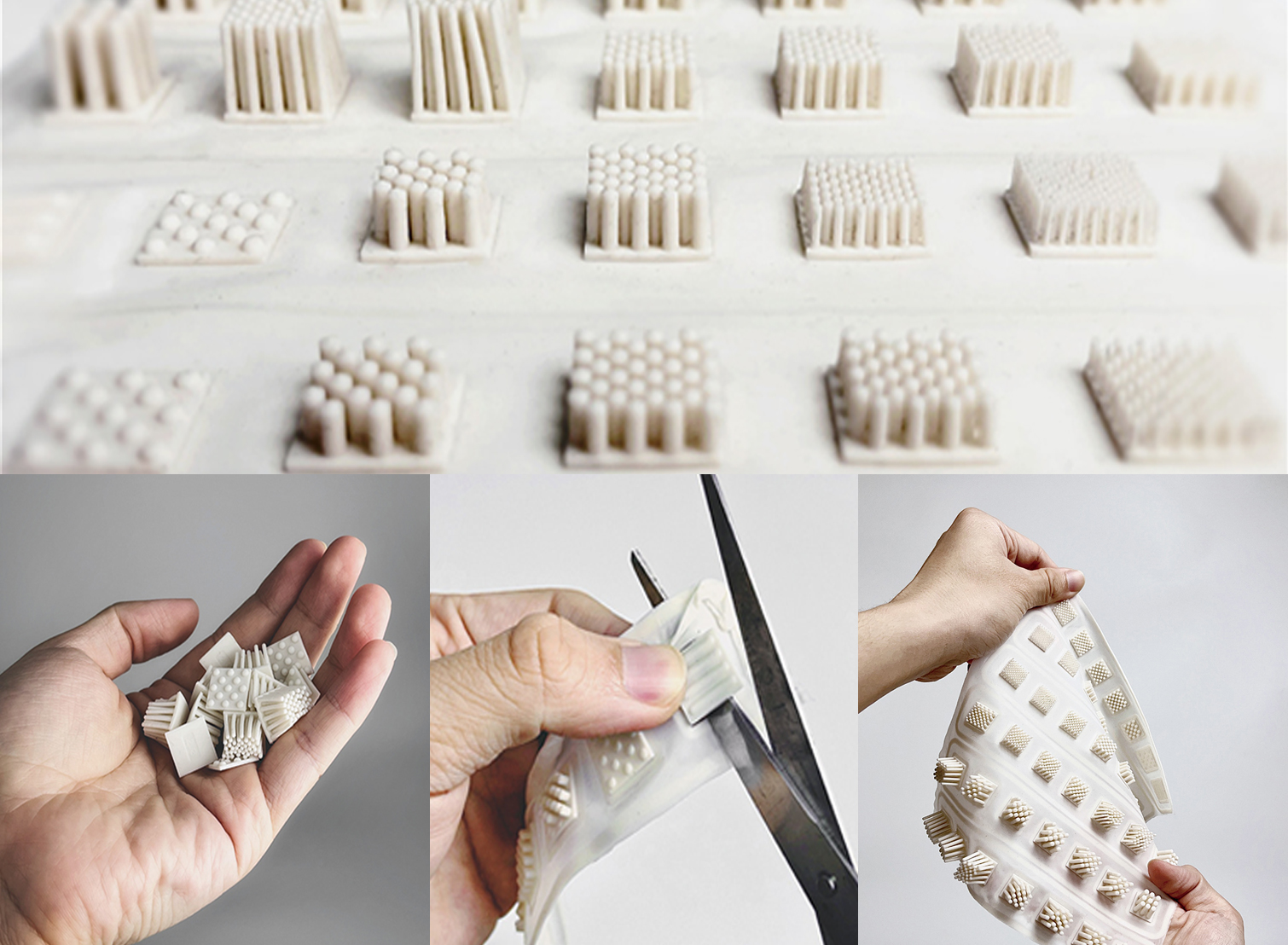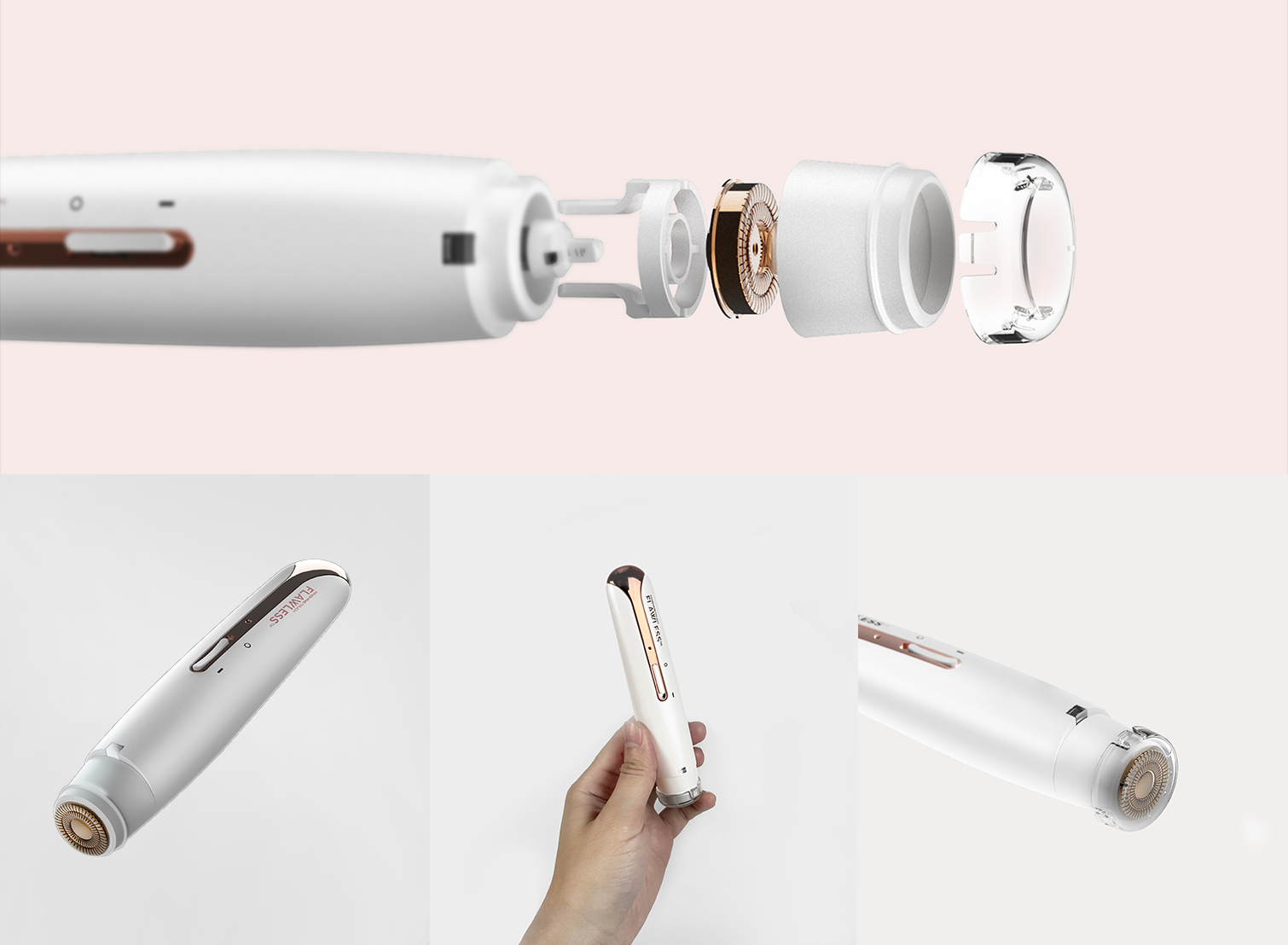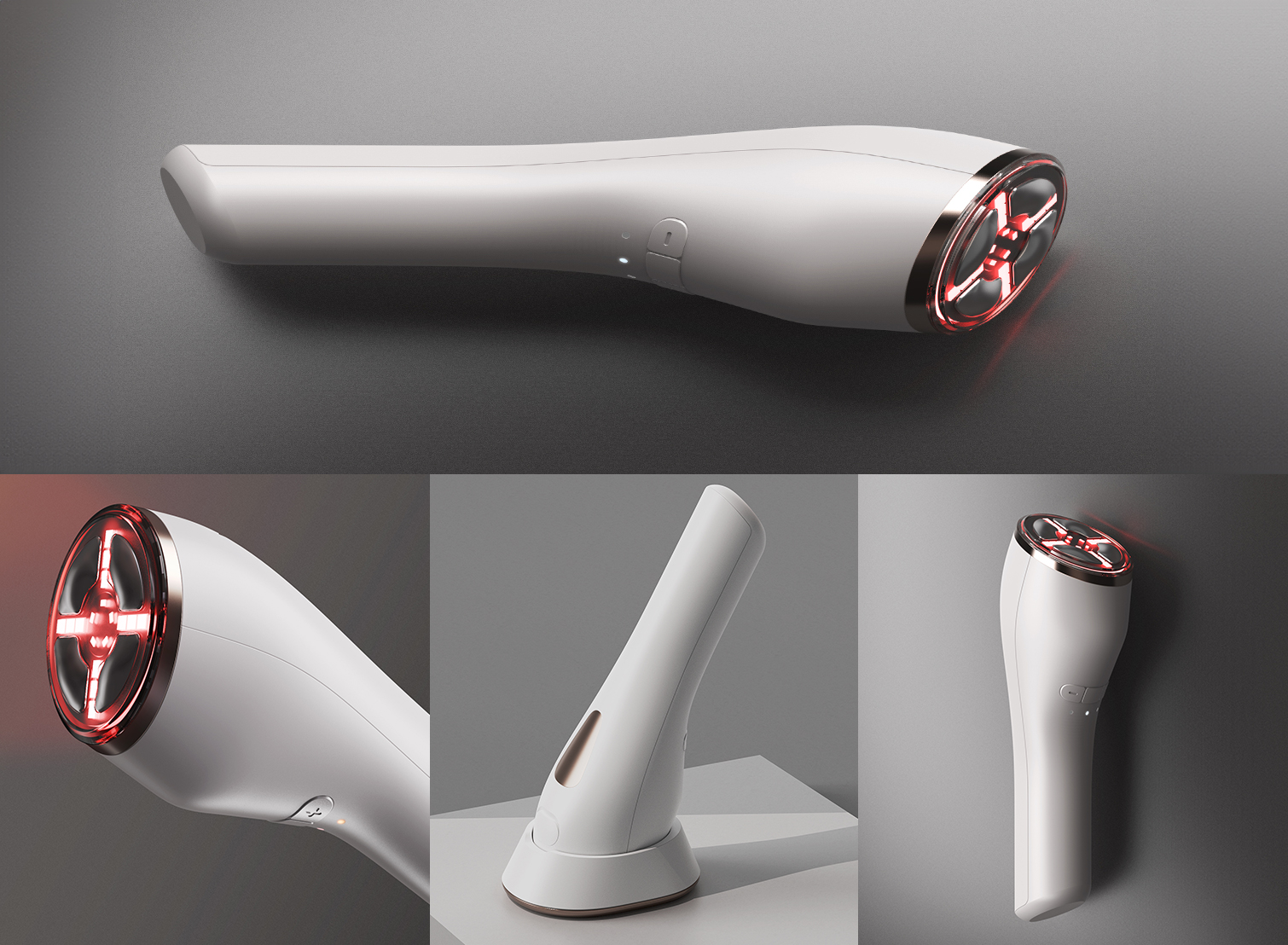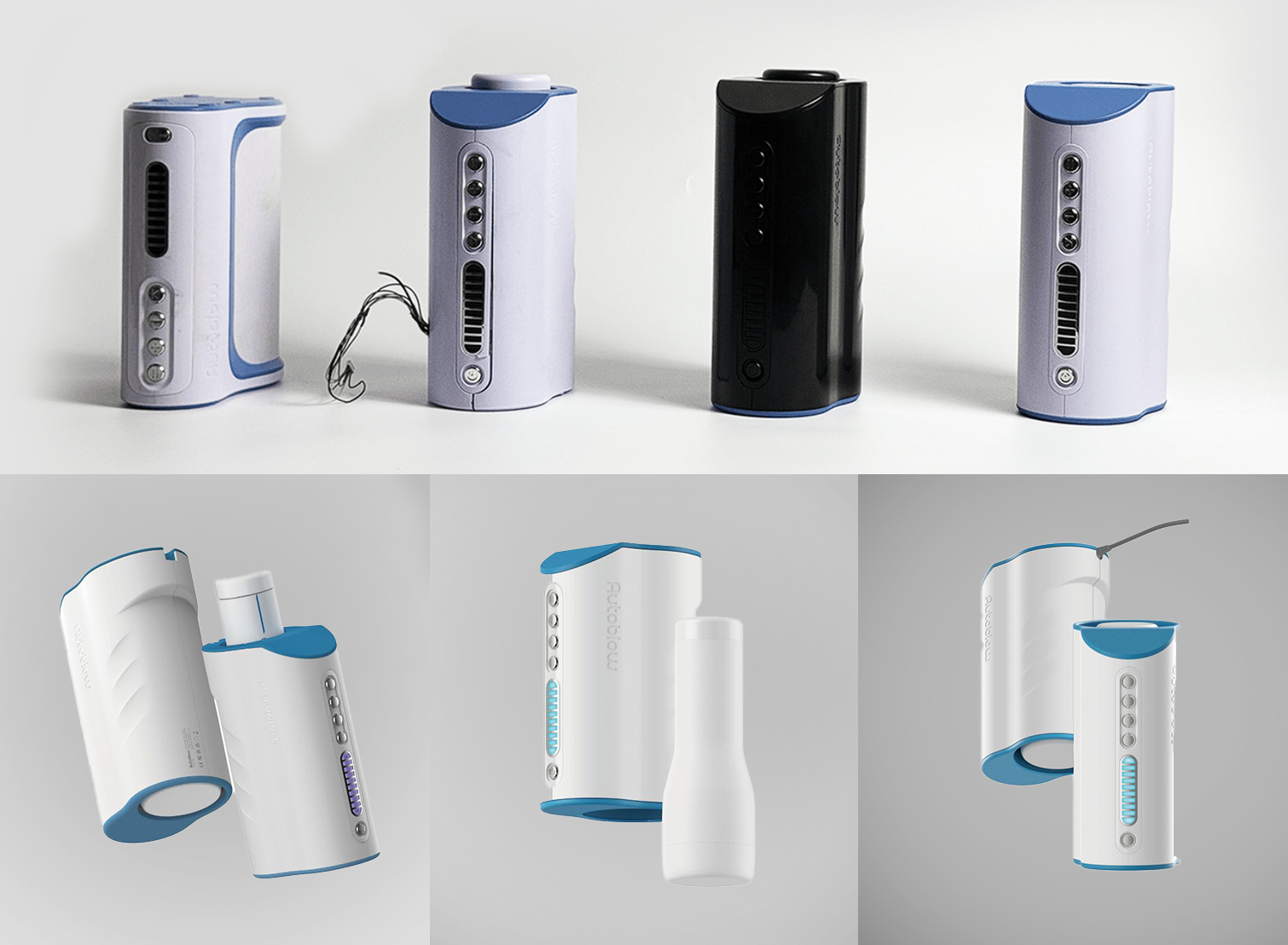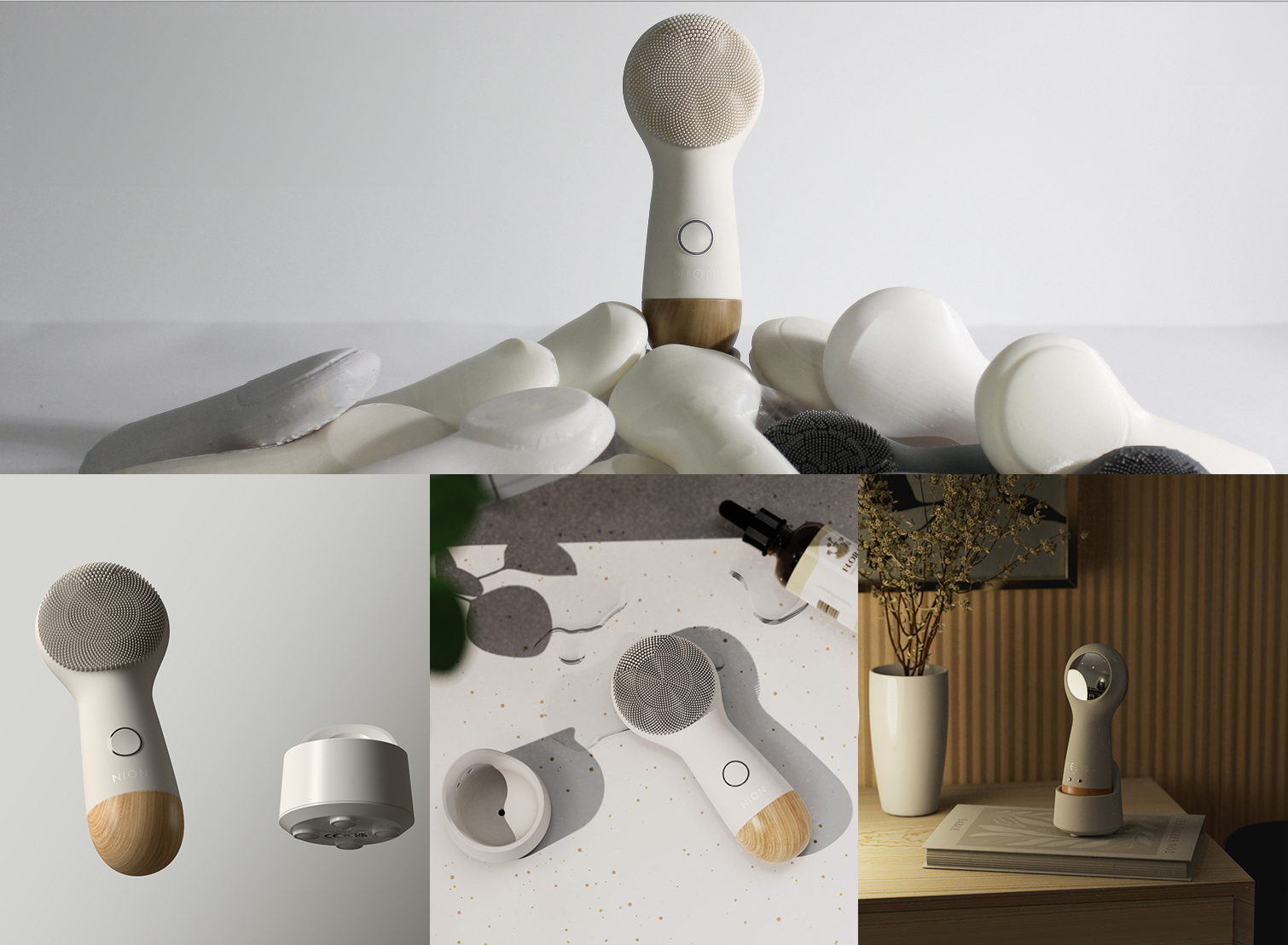Got a great idea? Turning it into a real invention might seem like a big challenge, but it’s manageable with the right steps. For U.S. inventors, the journey from concept to product starts with a clear plan and access to local resources tailored for innovators.
Whether it’s a quick sketch on paper or a single game-changing idea, this guide walks you through the process. From refining your concept and testing it to building a prototype, protecting your intellectual property, and preparing for manufacturing, we’ll break it all down. We’ll also highlight U.S.-specific resources like maker spaces and patent advice to keep your invention safe and on track.
Inventing isn’t just about solving problems—it’s about creating something that leaves a mark. With the right tools and a focused strategy, you’re closer than you think to making your idea come to life. The world doesn’t need another forgotten notebook of ideas—it needs what you’ve got to offer. Let’s make it happen.
Why Starting Your Invention Matters
Every invention begins with a simple idea, but taking that idea seriously can lead to something extraordinary. Inventions solve real-world problems, create value, and can even reshape industries. Think about how many everyday items—from electric vehicles to smart home devices—started as concepts in someone’s mind. Now, they’re part of daily life, improving convenience and sustainability.
For U.S. inventors, the stakes are high but so are the rewards. Whether you’re in Silicon Valley brainstorming the next tech breakthrough, Detroit reimagining manufacturing, or Austin diving into green energy, taking the first step is critical. Beyond the practical impact, there’s a sense of pride and accomplishment that comes with turning your ideas into tangible products that people use and appreciate.
Starting is often the hardest part, but it’s also the most rewarding. The first sketch, prototype, or pitch may feel daunting, but each step brings your idea closer to reality. By beginning the process, you’re not just inventing—you’re joining the ranks of creators who dare to make things better. So don’t let fear or doubt hold you back—your idea could be the next big thing America needs.
Step 1: Generate and Refine Your Idea
Every invention begins with a problem. Ask yourself: What issue are you trying to solve, and why does it matter? Identifying this core problem is the foundation of any great invention. Once you’ve pinpointed the issue, start brainstorming multiple solutions. Don’t limit yourself—allow creativity to flow and explore various approaches, even the unconventional ones.
After brainstorming, narrow your focus to the most practical and impactful ideas. Refine these concepts by evaluating their feasibility, usability, and potential impact. This step is also a great time to research existing products on the market.
What’s already available, and where are the gaps?
Understanding your competition and identifying untapped opportunities will help you shape a more distinctive and valuable invention.
Keep notes during this process. Sketch your ideas, jot down potential improvements, and document the thought process. These records not only guide development but also protect your intellectual property later on.
Step 2: Conduct Market Research
Before diving into development, it’s essential to ensure there’s a real demand for your invention. Start by assessing the market potential. Who would benefit from your product? Is there a specific audience that faces the problem you’re solving? Understanding your target audience’s needs and preferences will guide you in creating a solution they truly value.
Next, study your competitors. Look for similar products already available and analyze their strengths and weaknesses. What are they doing well? Where do they fall short? This insight will help you identify opportunities to differentiate your invention and add value.
Additionally, consider the size of the market. Is it a niche audience, or does your idea have broader appeal? Tools like online surveys, focus groups, and even local community feedback can provide valuable data. The more you understand the market landscape, the better equipped you’ll be to position your invention for success.
You can check patent databases to ensure your idea doesn’t overlap with existing patents. This step not only helps avoid legal issues but also refines your concept to stand out in a crowded market.
Want to dive deeper into market research? Explore this guide on 5 steps to conduct market validation for your product to gain actionable strategies for validating your invention.
Step 3: Document Your Invention Process
Proper documentation is crucial for turning your idea into a fully realized product. Start by keeping a detailed record of everything—sketches, notes, and revisions. These documents act as a roadmap for your invention’s development and can be invaluable when presenting your concept to potential investors, collaborators, or manufacturers.
Use written descriptions and diagrams to establish a clear understanding of your invention. These should explain how your product works, its purpose, and what sets it apart from existing solutions. A well-documented concept not only keeps your vision focused but also provides a foundation for future steps like prototyping or patent applications.
Additionally, create a timeline of your invention’s development. Record key milestones, challenges, and improvements as you move forward. This timeline helps you stay organized and demonstrates your dedication and progress to stakeholders. Proper documentation also strengthens your case in legal situations, like filing for patents or resolving disputes about intellectual property.
Consider signing and dating your documents or using online tools to timestamp your work. This adds an extra layer of authenticity and credibility to your invention journey.
Step 4: Design Your Invention
Designing your invention is where ideas start to take shape. Begin by creating initial sketches or mockups that visually represent your concept. These can be simple hand-drawn designs or rough models that highlight key features and functionality. The goal is to translate your idea into something tangible that you can refine further.
For more detailed and precise planning, use tools like CAD (Computer-Aided Design) software to develop technical drawings. CAD allows you to explore dimensions, materials, and mechanical aspects with accuracy, preparing your invention for the prototyping and manufacturing stages. It’s an essential step for ensuring that your design is both functional and feasible for production.
Seeking input from designers or engineers can add valuable expertise to the process. Professionals can identify potential design flaws, suggest improvements, or optimize your invention for practicality and efficiency. This collaboration ensures that your invention is not only innovative but also ready to move forward in the development process.
Tap into U.S.-based design hubs or maker spaces in cities like Boston, Austin, or Seattle to connect with experts and access advanced design tools. These communities can provide additional guidance and resources to elevate your design.
Ready to take the next step in bringing your design to life? Read this guide on how to get your invention built in 2024 for expert advice and actionable tips.
Step 5: Build a Prototype
Creating a prototype is where your invention becomes real. Start with cost-effective methods like 3D printing or using basic materials to construct a functional model. The goal isn’t perfection at this stage—it’s about bringing your concept to life in a way that lets you test its practicality and performance.
Once your prototype is built, put it through its paces. Test its functionality, durability, and usability. Look for design flaws or areas where the product could be improved. This stage is crucial for identifying weaknesses before moving to manufacturing, saving you time and money in the long run.
Gather feedback from trusted peers, potential users, or industry experts. Their insights can help you refine the design and ensure it meets the needs of your target audience. Adjust and iterate until your prototype aligns with your vision and expectations.
Step 6: Protect Your Invention
Protecting your invention is a critical step to ensure your hard work and creativity remain yours. Start by understanding the basics of intellectual property (IP) and patents. A patent grants you the exclusive rights to produce and profit from your invention, preventing others from copying or using it without permission.
For early protection, file a provisional patent application with the U.S. Patent and Trademark Office (USPTO). This relatively simple process secures your invention’s filing date and gives you a 12-month window to refine your design and decide whether to file for a full patent.
Collaborate with a patent attorney to navigate the complexities of securing full rights. They can help you draft a strong application, avoid common pitfalls, and ensure your invention qualifies for patent protection. A well-prepared patent not only safeguards your idea but also increases its value in the eyes of investors and potential partners.
Want to learn more about safeguarding your invention? Check out this detailed guide on protecting your idea with patents and trademarks from Gizmospring. It’s a valuable resource for inventors at any stage of the process!
Step 7: Prepare for Manufacturing
Turning your prototype into a tangible product requires careful planning and collaboration. Start by creating detailed technical specifications for production. These should include precise measurements, materials, assembly instructions, and any other requirements to ensure your manufacturer can replicate your design accurately. A well-prepared spec sheet minimizes errors and streamlines the production process.
Next, decide whether to partner with a local or overseas manufacturer. Local manufacturers offer easier communication and quicker turnaround times, while overseas options may provide cost savings for large-scale production. Weigh the pros and cons of each option based on your budget, production volume, and timeline.
Quality and safety standards are critical at this stage. Ensure your product complies with industry regulations and passes all necessary safety tests. This not only protects end users but also enhances your product’s credibility in the market.
Want to select the best manufacturing process for your invention? Check out this guide on choosing the ideal manufacturing process for expert tips and insights to make informed decisions.
Step 8: Bring Your Invention to Market
Launching your invention is an exciting milestone, but it requires a solid marketing strategy to capture attention and drive sales. Start by defining your target audience and crafting a message that highlights the unique benefits of your product. Use a mix of digital marketing, such as social media and email campaigns, along with traditional methods like local events or partnerships, to build buzz and generate interest.
Crowdfunding platforms like Kickstarter or Indiegogo can be powerful tools for validating market demand while securing funding. By showcasing your invention and its potential impact, you can attract backers who believe in your vision. Successful crowdfunding not only provides financial support but also helps establish a loyal customer base before your product officially launches.
Networking with retailers and distributors is another key step in expanding your reach. Build relationships with local shops, online marketplaces, or larger distributors to get your product in front of more customers. Attending trade shows, pitching directly to buyers, or leveraging connections in your industry can open doors to valuable opportunities.
Taking the Leap from Idea to Reality
Turning your invention idea into a tangible product is no small feat, but every step you take brings you closer to making your vision a reality. By following a structured process—refining your concept, conducting market research, prototyping, and preparing for manufacturing—you can navigate the complexities of product development with confidence.
Persistence and creativity are the backbone of successful invention. Challenges may arise, but with the right mindset and a clear plan, you can overcome obstacles and bring meaningful solutions to life. Remember, you don’t have to embark on this journey alone—resources, tools, and expert guidance are readily available to help you succeed.
Ready to see how your invention can come to life? Explore our case studies to discover how we’ve helped inventors like you turn ideas into market-ready products. Let’s find out if GizmoSpring is the right partner to make your invention a success.
FAQ
What are the first steps to starting an invention?
The first steps include identifying the problem your invention solves and refining your idea through brainstorming and market research. Documenting your process with sketches and notes is essential to protect your intellectual property. These early stages help you create a strong foundation for prototyping and further development, setting your invention up for success.
How do I find the right manufacturer for my invention?
Decide between U.S.-based or offshore manufacturers based on budget, production volume, and timeline. U.S. manufacturers offer easier communication, while offshore options often provide cost savings. Research their track record, request samples, and evaluate their ability to meet your quality standards. Partnering with the right manufacturer ensures efficient production and consistent product quality.
Why is prototyping important for inventors?
Prototyping turns your idea into a tangible model for testing functionality, identifying flaws, and refining your design. It provides valuable insights into usability and manufacturing feasibility. A well-crafted prototype can also attract investors and build confidence in your product’s potential, making it an essential step before full-scale production.
How can I protect my invention in the U.S.?
Start by filing a provisional patent application with the USPTO to secure early protection. This gives you a 12-month window to refine your invention before applying for a full patent. Consulting a patent attorney ensures your application is strong and protects your intellectual property from unauthorized use or duplication.
What resources are available for U.S.-based inventors?
U.S. inventors can access maker spaces, crowdfunding platforms, and patent guidance through resources like the USPTO and local innovation hubs. Offshore partners like GizmoSpring provide additional support in design, prototyping, and manufacturing, making the journey from concept to market more streamlined and cost-effective.


